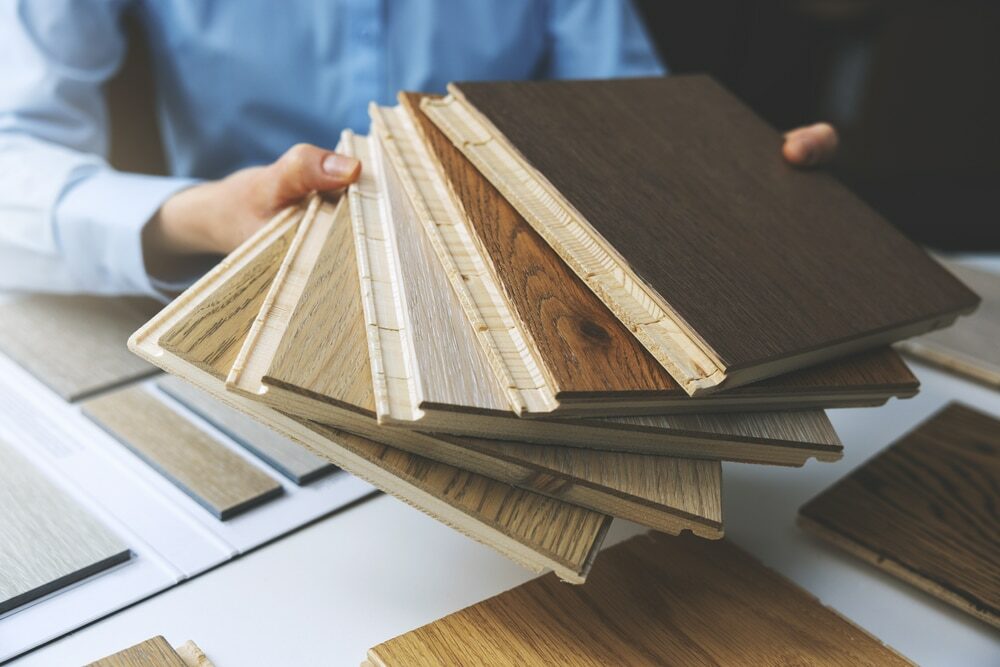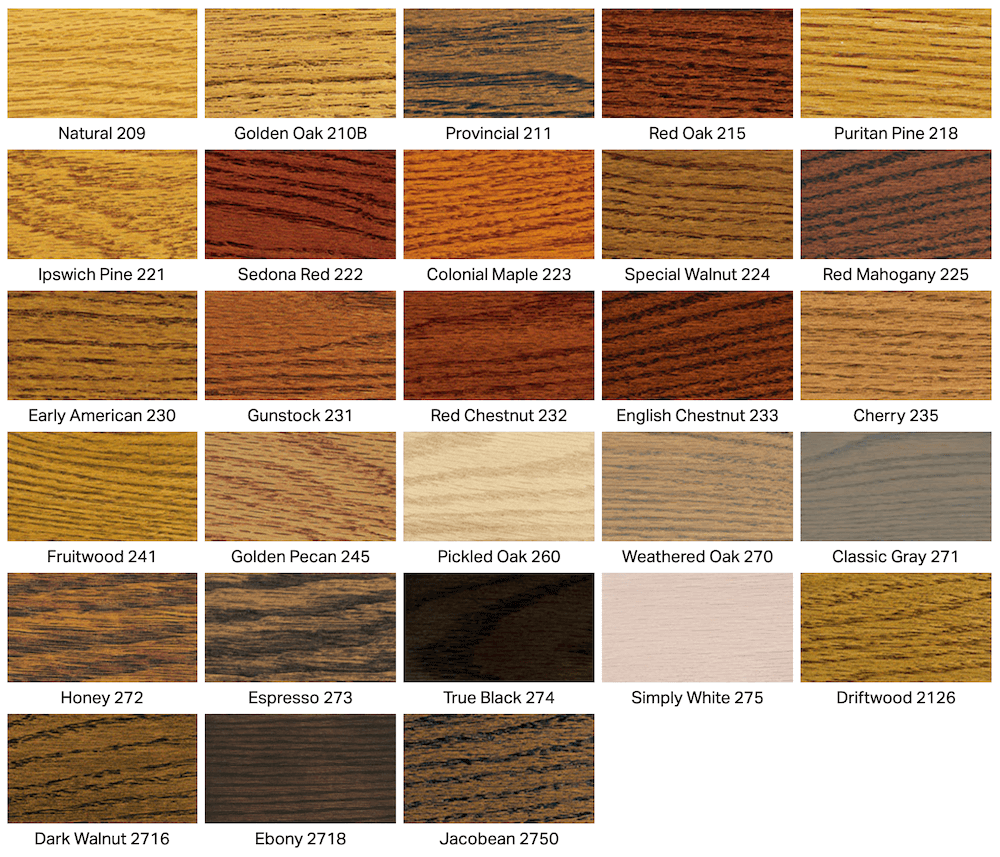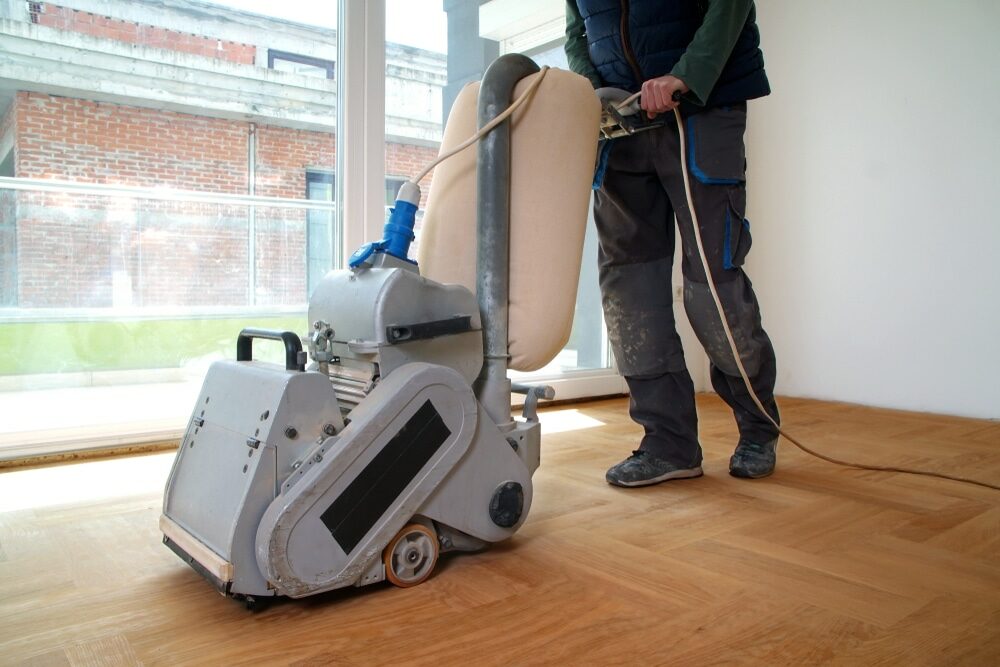London:
Nationwide:
Hand Scraping vs. Planing: The Differences and Benefits of Each
Posted on August 31, 2023
Floor sanding techniques
Hand Scraping vs. Planing: Unveiling Woodworking’s Time-Honoured Techniques
When it comes to the world of fine woodworking, two methods have long captured the fascination of artisans and craftsmen alike: hand scraping and planing. These time-honoured techniques, though fundamentally different, both seek to achieve the same end: a beautifully finished and flat surface. In the style reminiscent of the great Phil Dusenberry, let us delve into these methods, unravelling their differences, merits, and ideal scenarios for use.
1. A Historical Overview
To fully appreciate the nuances, it’s worth noting the historical roots. Planing dates back to the ancient Romans and Egyptians, while hand scraping is a tad more recent, making its significant mark in the 19th and 20th centuries, particularly in the machine tool industry.2. The Basics of Each Technique
Planing involves the use of a hand plane or similar tool to shear off thin layers of wood, thus rendering a surface smooth and flat. The plane, equipped with a sharp blade, slides across the material, and the depth of cut determines the amount of wood removed.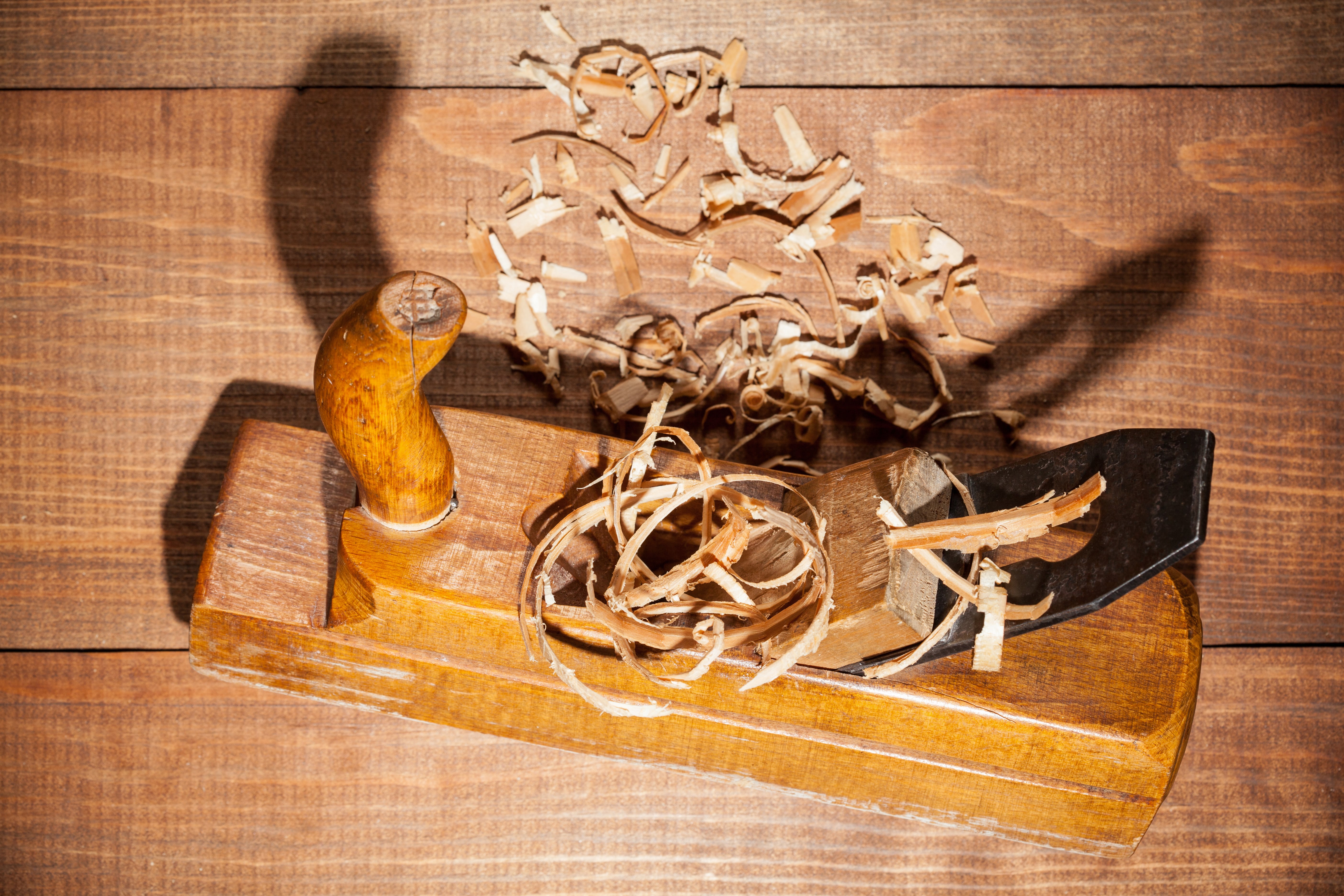 Hand scraping
On the other hand, employs a scraper, a flat tool with a burr on its edge. The scraper is drawn across the wood, delicately removing fine shavings and leaving behind a smooth, often gleaming, surface. Hand scraping is particularly adept at removing old finishes and revealing the raw beauty of the wood beneath.
Hand scraping
On the other hand, employs a scraper, a flat tool with a burr on its edge. The scraper is drawn across the wood, delicately removing fine shavings and leaving behind a smooth, often gleaming, surface. Hand scraping is particularly adept at removing old finishes and revealing the raw beauty of the wood beneath.
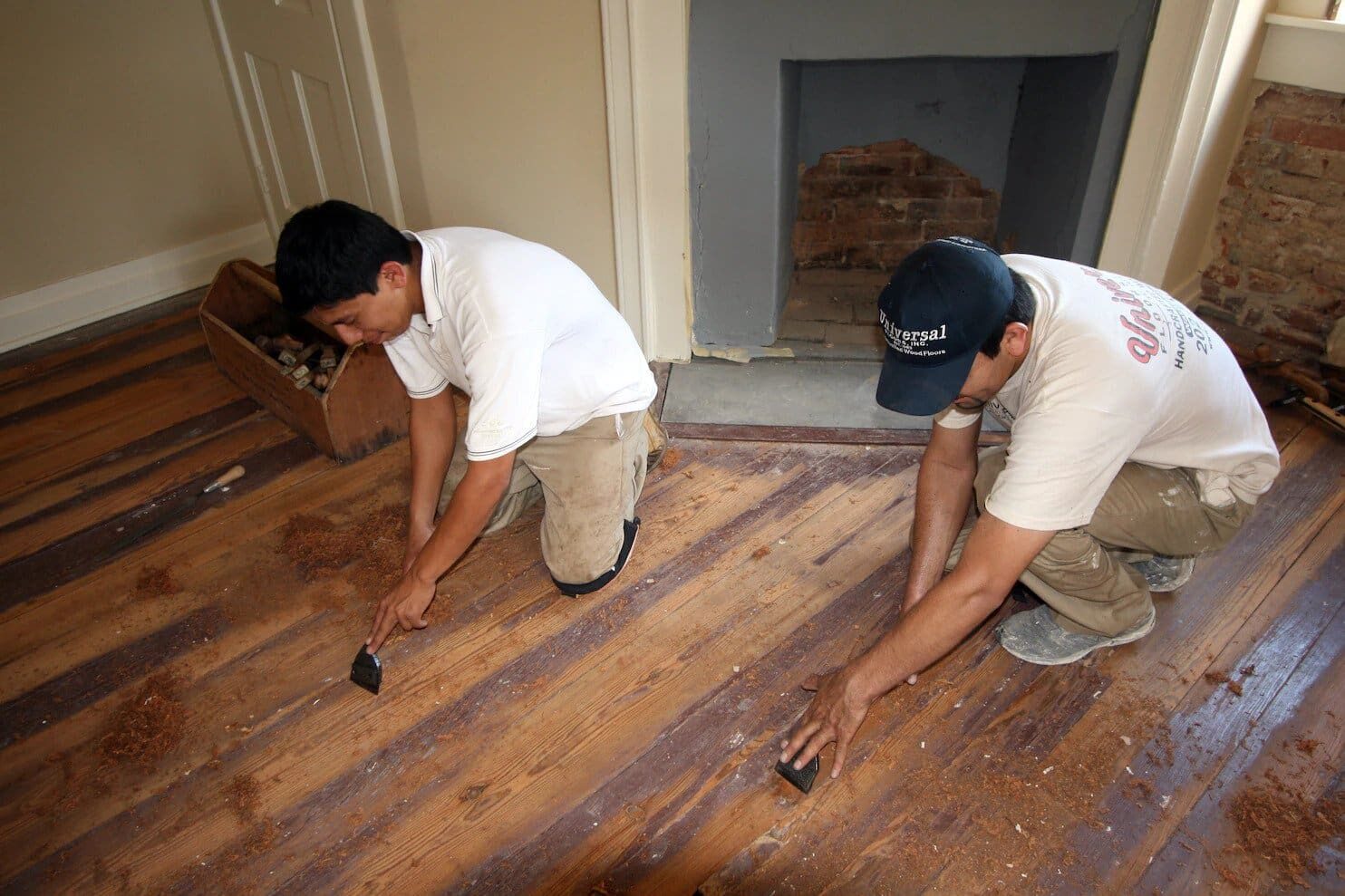
3. Differences in Technique and Outcome
Depth and Precision: Planes are more aggressive. Their design allows for the removal of larger amounts of material. Scrapers are gentler, focusing on subtle imperfections and fine layers of wood or finish. Finish: Planing often produces a smooth, matte surface. Hand scraping, particularly when done with care, yields a sheen, a result of the minute facets reflecting light differently. Learning Curve: While both techniques require skill, many find that mastering the plane, with its adjustable blade and varied sizes, demands a steeper learning curve. Hand scraping, conversely, offers a bit more forgiveness to the novice.4. The Benefits of Planning
- Efficiency: For projects demanding the swift removal of material, planning stands out. It can make quick work of rough lumber, bringing it close to the desired thickness.
- Versatility: With an array of planes available, from jointers to block planes, one can tackle various tasks, be it levelling long boards or fine-tuning dovetail joints.
- Clean Edges: A sharp plane provides crisp edges, which are essential for joinery.
5. The Benefits of Hand Scraping
- Superior Finish: The sheen achieved via scraping is unparalleled. This luminous quality adds depth and character to the wood, making it a favourite for fine furniture and instrument makers.
- Adaptability: Scrapers excel at tackling curves, knots, and other tricky areas where planes might falter.
- Minimal Dust: Unlike sanding, scraping produces shavings, meaning a cleaner workspace and less airborne particulate.
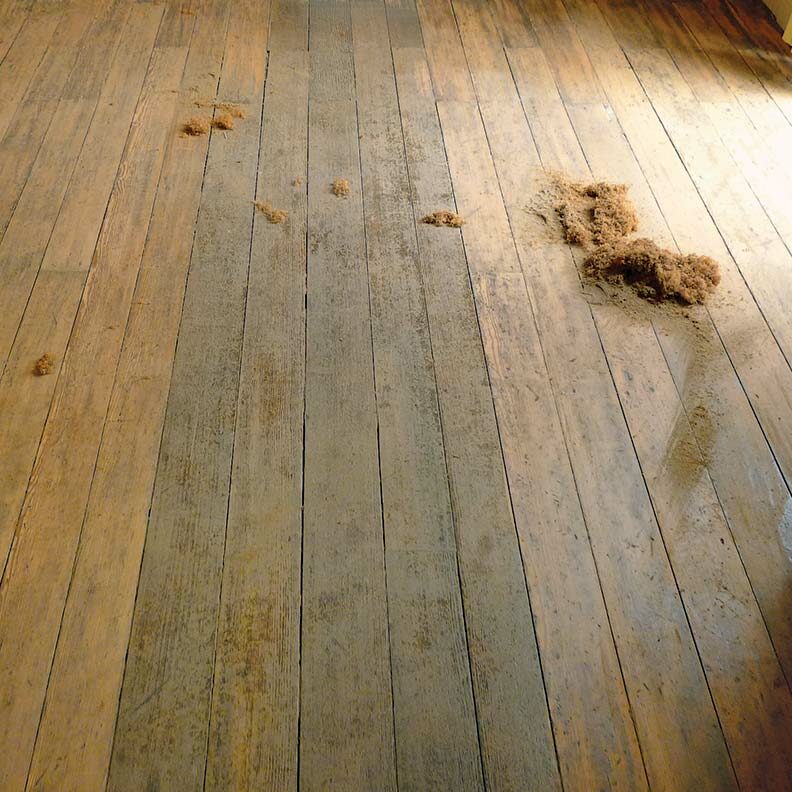
6. Deciding Between the Two
The nature of your project and the desired outcome are key determinants. For rapid dimensioning of timber or when seeking a matte finish, planing proves invaluable. But if your project is detail-oriented, requires a glossy finish, or involves intricate shapes, the scraper is your trusted ally. In many workshops, one will find both tools coexisting harmoniously. Craftsmen often plane first to get the wood close to the desired shape and dimension, and then follow up with a scraper to refine the finish. This combination harnesses the strengths of both methods.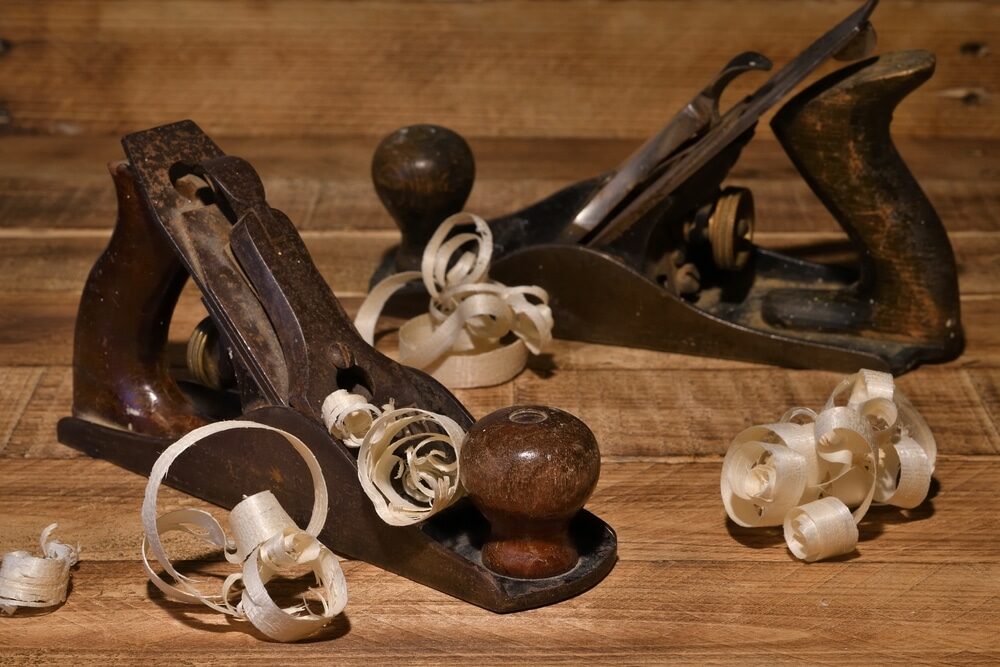
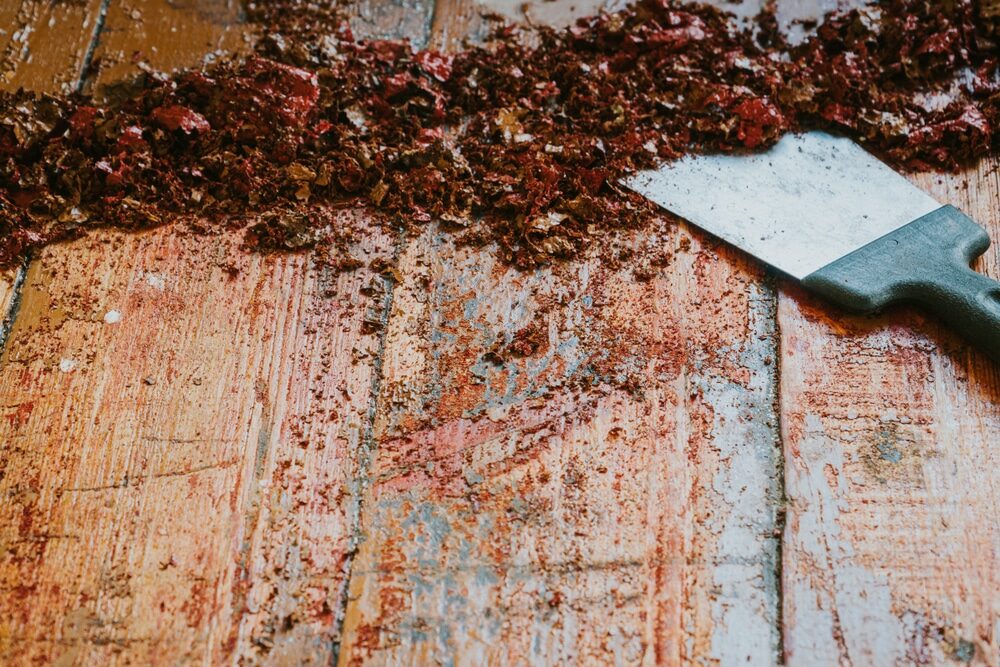
7. The Artistry in Technique
Delving deeper into the craft, one might say that both hand scraping and planing are not merely techniques but forms of artistry in their own right. Each has its own rhythm and dance. Hand plane often conjures the image of a craftsman, moving in long, graceful strokes, the plane gliding over the timber. The gentle swooshing sound, the rhythmic motion, and the curls of wood that fall away paint a poetic tableau. It’s a practice that demands strength and finesse, a delicate balance to maintain the right pressure, angle, and momentum. When done right, it becomes a meditative process, binding the artisan to the very soul of the wood. Hand scraping, meanwhile, is akin to sculpting. Every pull of the scraper is a deliberate act, with each stroke revealing a little more of the wood’s story. It’s less about force and more about sensitivity. The craftsman must ‘listen’ to the wood, feeling for imperfections, discerning changes in grain direction, and responding with subtle shifts in pressure and angle. It’s a dance of intimacy where one truly gets to know the character of each wooden piece.8. The Evolution of Tools and Techniques
While the foundational principles remain unchanged, the world of hand tools has seen significant advancements. Modern metallurgy has given rise to blades that stay sharper for longer, ergonomic tool designs reduce fatigue, and advancements in sharpening techniques ensure optimal performance. For the planing aficionados, we now have planes with adjustable mouths to control the width of the shaving and the type of cut. This is especially beneficial when working with tricky grains, reducing the chances of tearout. In the realm of scraping, tools have evolved from simple flat blades to ones with intricately shaped profiles, allowing craftsmen to scrape mouldings, crevices, and contoured surfaces with the same precision as flat areas.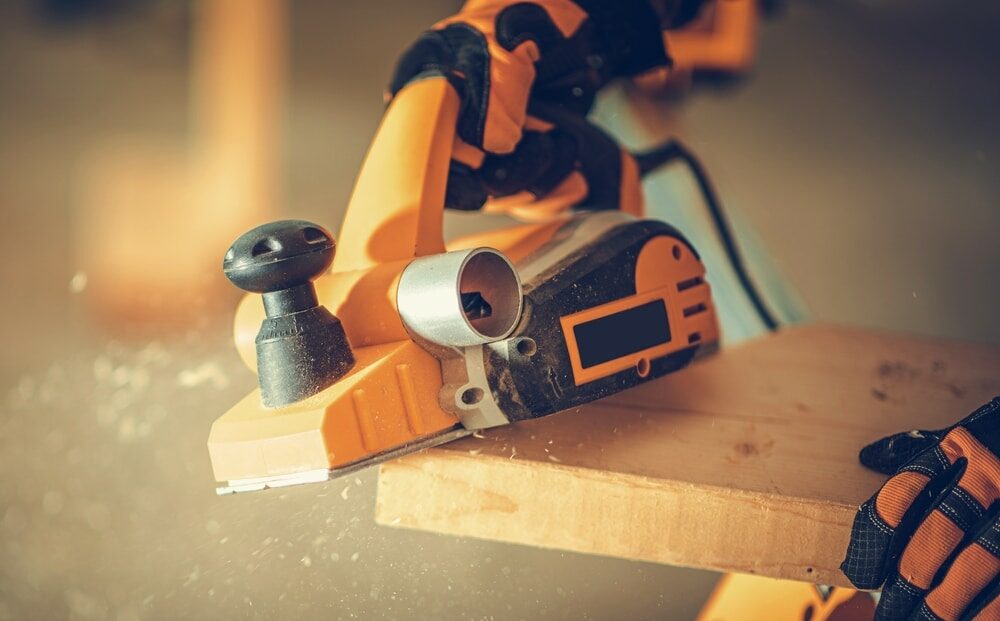
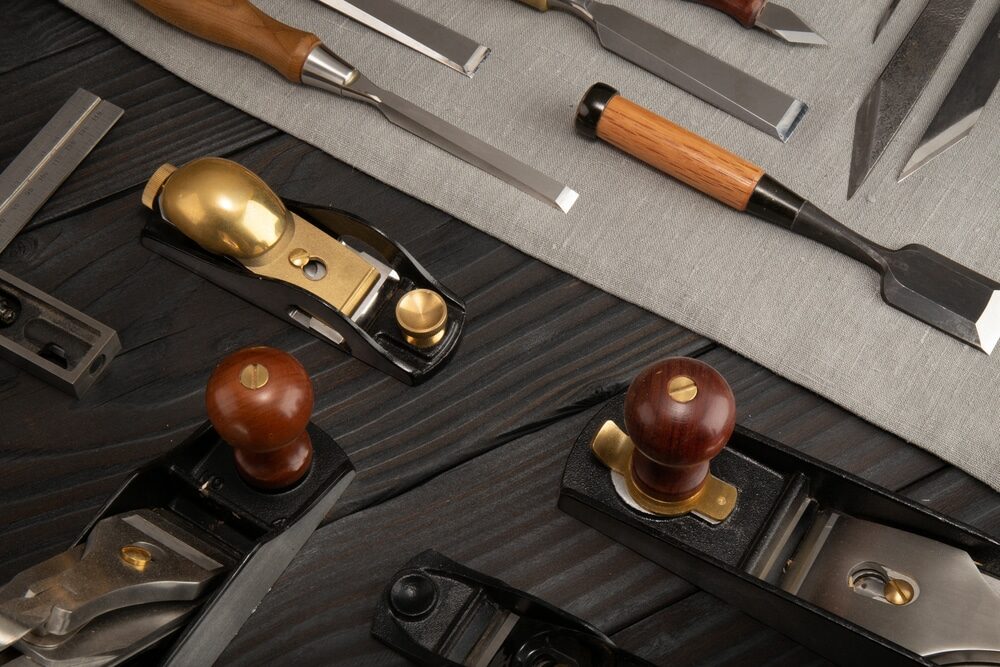
9. Sustainability and Craftsmanship
In today’s world, where sustainability has become paramount, both planing and scraping come to the fore as environmentally friendly options. Unlike sanding, which produces fine dust particles and often requires electrically powered machines, these hand techniques are energy-efficient and produce minimal waste. Moreover, the resurgence of interest in hand tools and traditional woodworking methods has prompted a new generation of craftsmen to explore and preserve these age-old techniques. Workshops and classes across the UK now offer enthusiasts a chance to delve into the world of hand planing and scraping, ensuring that these cherished skills are passed on and remain alive.10. Personal Touch and Unique Results
Lastly, an aspect that elevates hand tools, be they planes or scrapers, is the personal touch they imbue in every creation. Unlike machine-finished pieces, handworked surfaces have a certain uniqueness, a character that speaks of human touch, time invested, and passion poured into the work. This organic, one-of-a-kind finish is something that many wood aficionados cherish and seek out, adding value and charm to every piece.Conclusion
In the grand tapestry of woodworking, both planing and hand scraping are vibrant threads, each contributing its own unique texture and hue. The discerning craftsman, attuned to the nuances of his material and the demands of his design, will find joy in wielding these tools, often in tandem, to create pieces that resonate with both purpose and beauty. In the eloquent words of Phil Dusenberry, it’s not just about the technique, but the story it tells, the emotion it evokes, and the legacy it leaves behind. Whether you choose the plane, the scraper, or both, may your work always be a testament to the timeless allure of handcrafted wood.Some Useful Links:
- Stairs Sanding & Refinishing
- Floor Sanding Services
- School Floor Sanding
- Wood Floor Restorations
- Wood Floor Repairs
- Wood Floor Polishing
More from our Blog:
Hand Scraping Techniques for Different Types of Hardwood Floors How to Hand Scrape Floors Safely and Effectively Hand Scraping Floors: Reviving Antique Wood for a Vintage Look The History and Evolution of Hand Scraping Floors Hand Scraping for New Construction: Adding Character to Modern Spaces Pros and Cons of Hand Scraping Floors: Is It Right for You? DIY Hand Scraping: Tips for Refinishing Your Hardwood Floors Hand Scraping Floors: The Time-Tested Technique for Beautiful Results Tips and Tricks for Hand Scraping Hardwood Floors Like a Pro Hand Scraping vs. Sanding Floors: Which is Better for Your Home?
Sanding
We provide virtually dust-free sanding with our continuous belt machinery with mobile extraction units, giving you a safer environment for your family.
Oiling
This organic finish not only adds beauty to your home but also has exceptional water-repellent characteristics, making it easier to clean and maintain.
Waxing
This natural floor finish offers the softest and most mellow appearance – and leaves your floor able to breath.
Buffing
Using soft buffing machines (and hand-polishing where required) will bring a wonderful sheen to your newly-finished floor.
Repairs
We offer a full assessment of your wooden floors to determine what repairs are needed to provide the perfect working surface for the later stages of sanding, staining and sealing.
Restoration
We offer a comprehensive restoration process designed to address floors that are improperly fitted or damaged over time through wear and tear.
Request a fixed price quote for your wood floor restoration now
Simply enter your postcode below to get started.
Services
Wood Floor Sanding Wood Floor Restoration Wood Floor Scratch Repair Squeaky Wood Floor Repair Parquet Floor Sanding Parquet Floor Restoration Commercial Floor Sanding Church Floor Sanding Community Centre Floor Sanding School Floor Sanding Gap Filling Gap Filling with ResinCopyright © Mr Sander®
Privacy & Cookies Terms & Conditions Complaints Procedure Cancellation Rights Sitemap